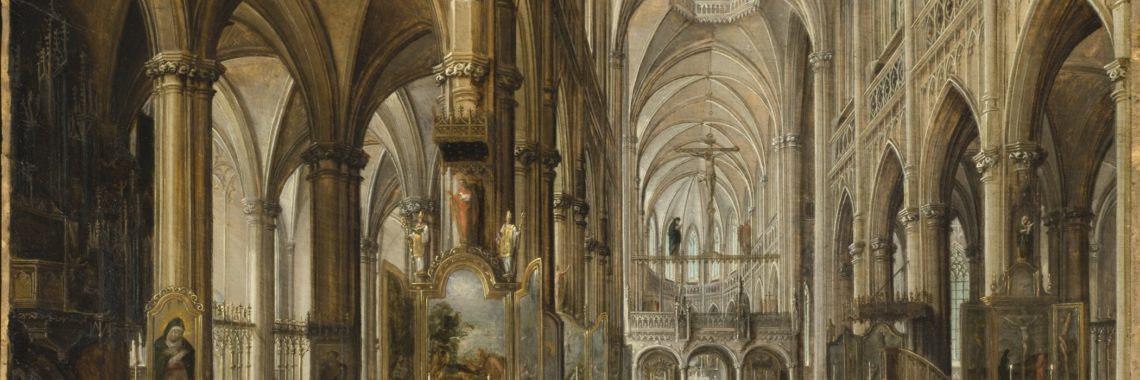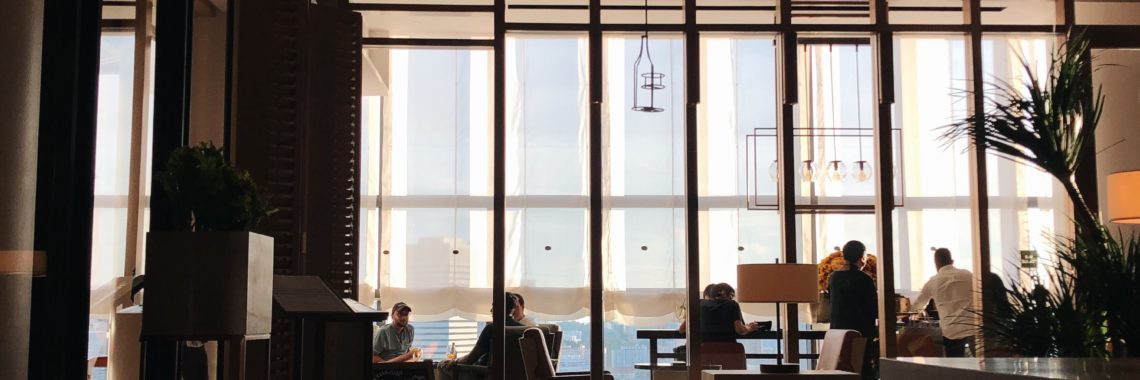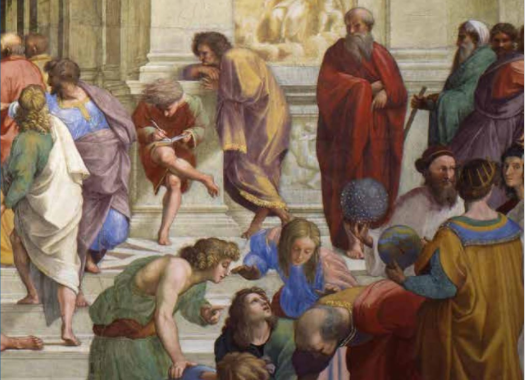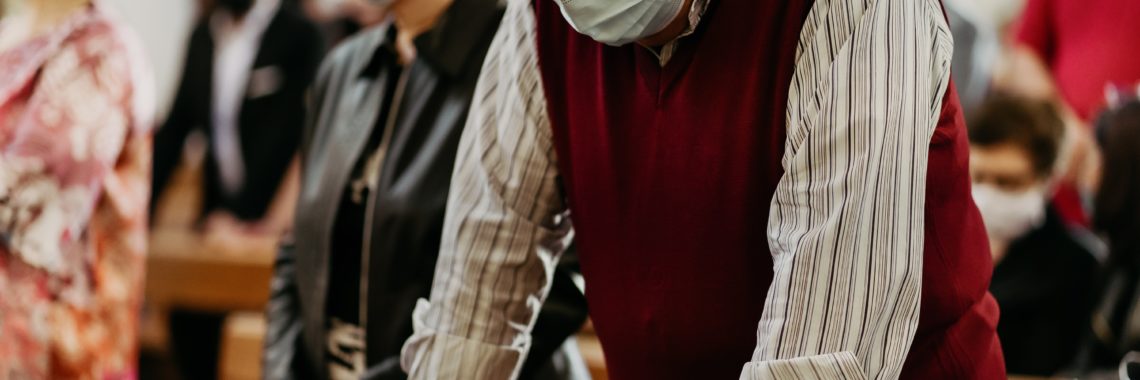“American Jesus, At Home and Abroad” by Méadhbh McIvor
Photo by Jake Ingle on Unsplash. This article is part of our “At Home and Abroad” series.If you’d like to check out other articles in this series, click here. Every now and then, social media resurfaces a meme I’ve come to think of as the “American Jesus” post. A screenshot from a conversation on Facebook, the…











